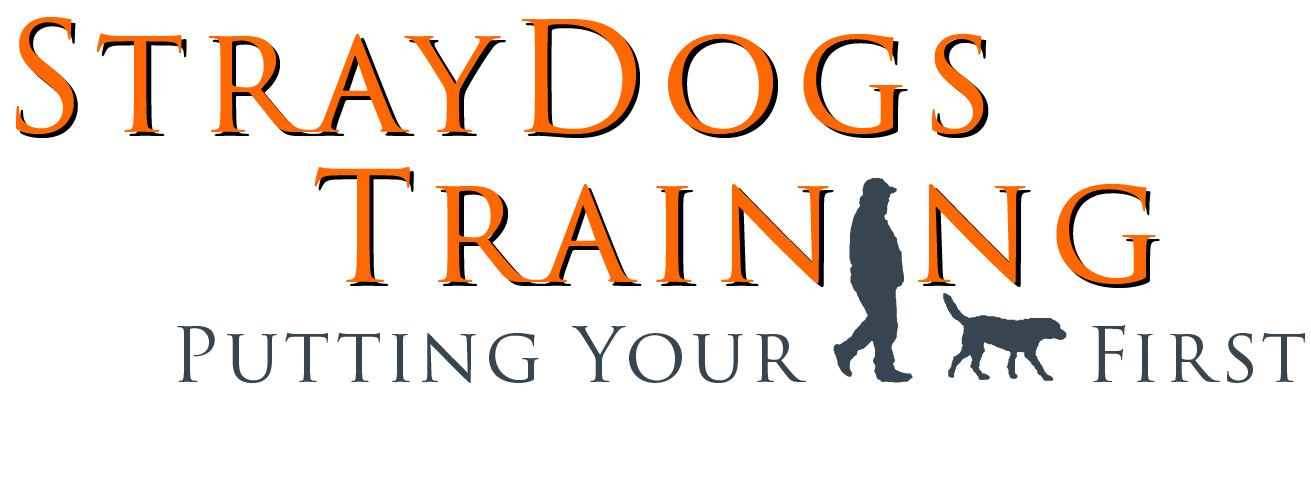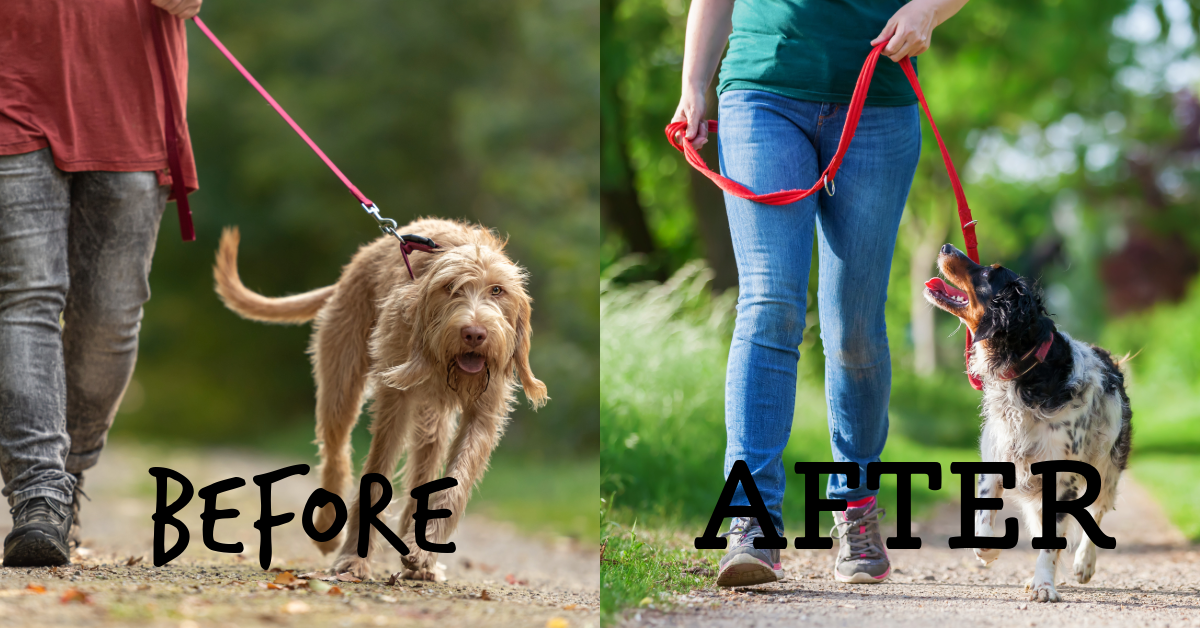How to Stop Leash Reactivity in Dogs: Proven Techniques for Calm Walks
Leash reactivity—such as barking, lunging, or growling at other dogs or people during walks—is a common dog behavior issue many owners face. The good news? With patience, consistency, and the right techniques, you can help your dog stay calm on walks, making the experience more enjoyable for both of you. Let’s explore how to tackle leash reactivity, step by step.
What Causes Leash Reactivity in Dogs?
Before addressing leash reactivity, it’s essential to understand why it happens. Dogs may react on the leash due to fear or frustration, and being restrained can amplify these emotions. When a dog feels nervous and can’t move away from the perceived threat, they might resort to barking or lunging to communicate their discomfort.
It’s important to note that leash reactivity is not necessarily aggression; it’s often an emotional response driven by a dog’s environment. Understanding this helps you remain empathetic and patient during training—key factors in making progress.
How to Train a Reactive Dog on Leash
1. Start with the Basics: The “Watch Me” Command
Teaching your dog to focus on you is an essential first step to managing leash reactivity. The “watch me” command helps your dog ignore distractions and stay connected with you during walks.
How to Train It:
- Start in a quiet environment with few distractions. Hold a treat between your eyes and say, “Watch me.”
- When your dog makes eye contact, reward them with a treat and plenty of praise.
- Practice until your dog can consistently focus on you.
Goal:
- Aim for your dog to hold eye contact for at least five seconds, even with mild distractions like other dogs or people nearby.
2. Create Positive Associations
Transform your dog’s perception of other dogs or people from something alarming to something positive.
How to Train It:
- During walks, when you spot another dog or potential trigger before your dog reacts, offer a high-value treat (like small pieces of chicken or cheese).
- Keep the mood upbeat and continue rewarding as long as your dog stays calm while the trigger is visible.
- Stop giving treats when the trigger is gone.
Goal:
- Over time, your dog will begin associating the presence of other dogs with treats and praise, reducing their reactive response and making walks calmer.
Bonus Tip: Understanding how rewards shape your dog’s behavior is crucial in this process. Learn more about the power of positive reinforcement in our article Effective Dog Training: Understanding Rewards and Punishments.
3. Use Distance Management to Control Reactivity
Distance management is key when working with leash-reactive dogs. The closer the trigger (other dogs, people, or bikes), the more likely your dog will react. Start at a distance where your dog notices the trigger but doesn’t react—this is often called the “threshold distance.”
How to Train It:
- Watch your dog’s body language. Signs like stiffening, staring, or pricked ears suggest they’re nearing their threshold.
- Keep your dog at a comfortable distance where they can stay calm and focus on you, rewarding calm behavior.
Goal:
- Gradually decrease the distance over time. Progress will vary for each dog, so patience is key—small improvements are still victories!
4. Teach Alternative Behaviors to Replace Reactivity
Instead of lunging or barking, teach your dog an appropriate behavior to do instead, such as sitting, looking at you, or moving behind you.
How to Train It:
- Practice commands like “sit” or “heel” as alternative behaviors.
- When a trigger appears, cue your dog to perform the desired behavior and reward generously.
- Practice in different settings to help your dog generalize the response.
Goal:
- Your dog will start offering these alternative behaviors automatically when they see a trigger, helping to reduce reactivity over time.
Training Goals to Keep in Mind
1. Consistency Is Key
Aim for 15 minutes of leash training every day. Consistency helps reinforce learning and gives your dog a structured expectation of what walks should be like. For more ideas on how to incorporate leash training into your everyday life, check out our post on Making Every Moment Count: Integrating Dog Training into Your Daily Routine.
2. Manage Expectations
Set realistic goals. Progress with leash reactivity can take weeks or even months, depending on the severity of the behavior and the consistency of training. Celebrate small successes, such as a shorter duration of barking or fewer reactive outbursts.
Are you dealing with leash reactivity in your dog? Contact us to learn more about our personalized dog training programs!

